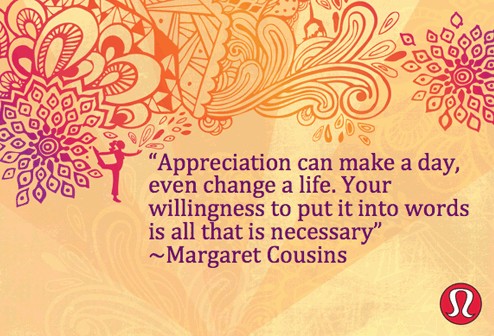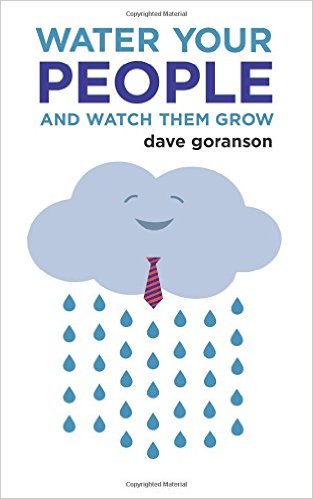It’s that time of year – Halloween! Those with children or those of you that are just big kids have a lot of fun this time of year participating in it. That begs the question, are you ALSO having fun at work? You should! It just takes a little extra effort and the payoff is less stress, more fun, better relationships and more engaged team members.
Taking into account the landscape in the workplace today, plus personal preferences, I am going to provide a list you can cherry pick and you decide what works for you. But please, DO SOMETHING! It’s worth it!
TRICK OR TREAT – WHICH DO YOU CHOOSE?
Below is a list straight off of a blog site, OFFSITE, designed for private meeting and event ideas. Good stuff! They have created a list of nine easy and relatively quick (30 minutes or less) Halloween team building activities that could be conducted in an office or remote location.
1. Pumpkin Drawing Contest
If you are in the market for a quick office Halloween game, instruct team members use washable markers to create a personalized mini pumpkin, which also makes for a festive desk decoration.
Give the team a time limit for drawing their creation. After the time is up, incorporate a contest such as best drawing, worst drawing, or funniest drawing. Create some sort of incentive by allowing the winner to earn a free candy bar of their choice – after all, it is Halloween.
2. Pumpkin Carving Contest
This one is self-exclamatory, bring pumpkins into the office for those who would want to participate. Not everyone is going to be a master carving artist, but it will be fun to see how creative people will get with their designs. Set a time limit so that the artists in the room know when to wrap things up. Appoint a team of judges and award the winners with a prize.
3. Costume Contest
Encourage everyone in the office to wear a costume to work. By hosting a costume contest, you can see how creative and innovative co-workers can be. Give the team a few weeks’ notice(if possible), so that everyone has time to put together their costume. Each person will vote for their favorite costume and the winner can receive a prize, such as a free lunch or gift card to a local restaurant.
4. Guess that Candy
Fill a large bucket (or makeshift cauldron) with a variety of wrapped candy. To finish off a meeting or presentation, invite each member up to the cauldron to blindly stick their hand into the bucket and select a candy.
Each member will try to guess which candy they have selected by just the feel of the wrapper. If the member guesses their candy correctly, they get to choose the candy of their choice. If the member guesses incorrectly, they are stuck with that candy. Either way, everyone’s a winner here!
5. Mummy Wrap
Another game you and your co-workers may remember from elementary school is the infamous mummy wrap! Everyone is split into teams and one person from each team will be wrapped with toilet tissue from head to toe so that they look like a mummy. The first team to completely wrap the mummy wins, extra points for creativity and style. If your team can customize the mummy costumes to fit your brand or company theme, have at it! Don’t forget to have a mini photo shoot with the mummies.
6. Halloween Movie Trivia
Classic trivia never fails! If your team is going through a long presentation or meeting, add in Halloween movie trivia questions every now and then (to break up the information). This will put the team in the Halloween spirit while keeping them on the edge of their seat. You can quiz them on quotes or see who can identify a movie clip from YouTube.
7. Finish that Halloween Tune
Have some music fan in the office? Nothing will get your group in the Halloween spirit like some classic Halloween music.
Similar to musical chairs, have the group walk around a table in a circular motion as the music plays. One individual should be controlling the music and stopping it at random times. When the music stops, whoever is standing closest to the dubbed singing area (mark a chair with a pumpkin or pass a small pumpkin around the circle as an alternative to walking) must finish out the next few words to the song.
If the team member is unable to recite the words, they are out! The remainder of the group can continue this until there is just one person standing – this is recommended for groups of 10 people or fewer.
8. Mystery Box
For a group of daredevils, fill a spooky looking box or cauldron with a variety of items that feel like brains, bones, and eyeballs but are actually just common everyday items. Employees will stick their hand in the box to feel the item and guess what it is. Some suggested items include candy corn for teeth, baby carrots for toes, uncooked pasta for bones, and a peeled tomato for a heart. Have everyone write down their answers so that nobody spoils it for others.
Some suggested items include candy corn for teeth, baby carrots for toes, uncooked pasta for bones, and a peeled tomato for a heart. Have everyone write down their answers so nobody spoils it for others.
9. Guess How Much is in the Jar
For a more long-term Halloween activity, set up 3 to 5 different jars of candy and line them up in a popular place in the office.
Set a date when the number of candies in each jar will be revealed and encourage office members to submit their guess either via email or by filling out a card and placing it into the proper jar’s submission box.
Before filling the jars, don’t forget to count how many candies are actually in there. Popular candies to use for this activity include candy corn, M&Ms, Skittles, and maybe even some wrapped candy to change it up.
The office member that makes the closest guess will get to take the full candy jar home with them or share with the group! This activity is easy and requires very minimal work.
You ALL work hard and it is time to treat you and your teams to some fun.
Thanks for reading. Have a happy and safe Halloween everyone.














